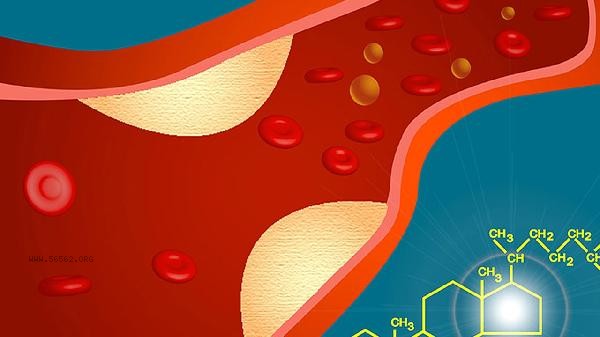The normal value of red blood cells in adult males is 4.3-5.8 × 10 ¹ ²/L, females is 3.8-5.1 × 10 ¹ ²/L, and children is 4.0-5.2 × 10 ¹ ²/L. The red blood cell count is influenced by factors such as age, gender, altitude, pregnancy, and nutritional status.

1. Gender differences:
Male red blood cell values are generally higher than females, mainly due to the promotion of red blood cell production by testosterone. The female menstrual cycle can cause physiological fluctuations, which may decrease by 0.2-0.3 × 10 ¹ ²/L before and after menstruation. Postmenopausal women's red blood cell values will gradually approach male levels.
2. Age factor:
The highest red blood cell value in newborns is 5.0-7.0 × 10 ¹ ²/L, which gradually decreases after 6 months. Adolescence is close to adult standards, while elderly people may experience mild reduction in bone marrow hematopoietic function. Athletes or high-altitude residents may experience compensatory elevation.
3. Altitude effect:

For every 1000 meters increase in altitude, red blood cells can increase by 0.2 × 10 ¹ ²/L. Long term residents living on the plateau may reach a physiological adaptation level of 6.0 × 10 ¹ ²/L or above. After returning to the plain, it will gradually return to normal within 3-6 months.
4. Pregnancy changes:
The red blood cell value of pregnant women can decrease to 3.5-4.5 × 10 ¹ ²/L, which is related to the dilution effect caused by the increase in blood volume. When the hemoglobin level in late pregnancy is below 110g/L, anemia may be considered and hematopoietic materials such as iron supplements and folic acid may need to be supplemented.
5. Detection error:
Factors such as a 5% increase in venous blood at the blood collection site compared to peripheral blood, anticoagulant ratio, and specimen storage time may cause detection bias. Immediate testing after intense exercise may temporarily increase by 10% -15%, and it is recommended to rest for 30 minutes before retesting. Maintaining normal red blood cell values requires sufficient intake of protein, iron, vitamin B12, and folate. It is recommended to consume 50-75g of red meat daily and 1-2 times a week for animal liver. Long term vegetarians should regularly monitor their blood routine to avoid nutritional anemia. Moderate aerobic exercise can stimulate bone marrow hematopoiesis, but overtraining may lead to exercise-induced anemia. When the test results are abnormal, a comprehensive judgment should be made based on indicators such as hemoglobin and hematocrit. If necessary, further examinations such as bone marrow puncture should be performed.









Comments (0)
Leave a Comment
No comments yet
Be the first to share your thoughts!